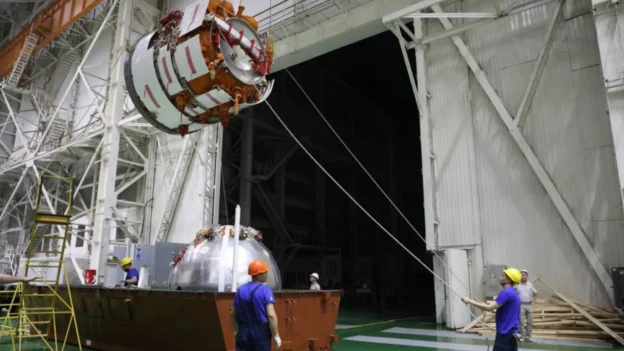On Wednesday, August 20, Russia advances space research by launching the Bion-M No.2 satellite from the Baikonur Cosmodrome using a Soyuz-2.1b rocket. This mission revives the legacy of the Bion program initiated in 1973, seeks to understand how life responds to microgravity and cosmic radiation.
Bion-M No.2 satellite range
Likewise, the satellite orbits the Earth at an altitude between 370 and 380 kilometers, in a polar trajectory designed to simulate the conditions foreseen for the future Russian Orbital Station. On board are 75 C57BL/6 mice, divided into control groups, with genetic modifications in the NRF2 gene, important in the antioxidant response to radiation.
In addition, the Bion-M No.2 carries more than 1,000 Drosophila flies, seeds of 20 plant species and microorganisms collected in extreme environments in Russia. These organisms will make it possible to evaluate everything from reproduction in space conditions to the viability of life in simulated extraterrestrial environments.
On the other hand, the rodents have sensors implanted to record body temperature and heart rate. Although there will be no real-time transmission, short videos will be sent during the flight. Landing is scheduled for September 19 in the Orenburg region, where physiological and behavioral tests will begin.
Finally, the satellite hosts student experiments such as Ecosystem in Orbit, with ants in a Plexiglas container, and “Into Space with your Tomato“, which includes tomato seeds. With this mission, Russia strengthens its leadership in space biology and paves the way for future orbital research.
Source and photo: NSF

